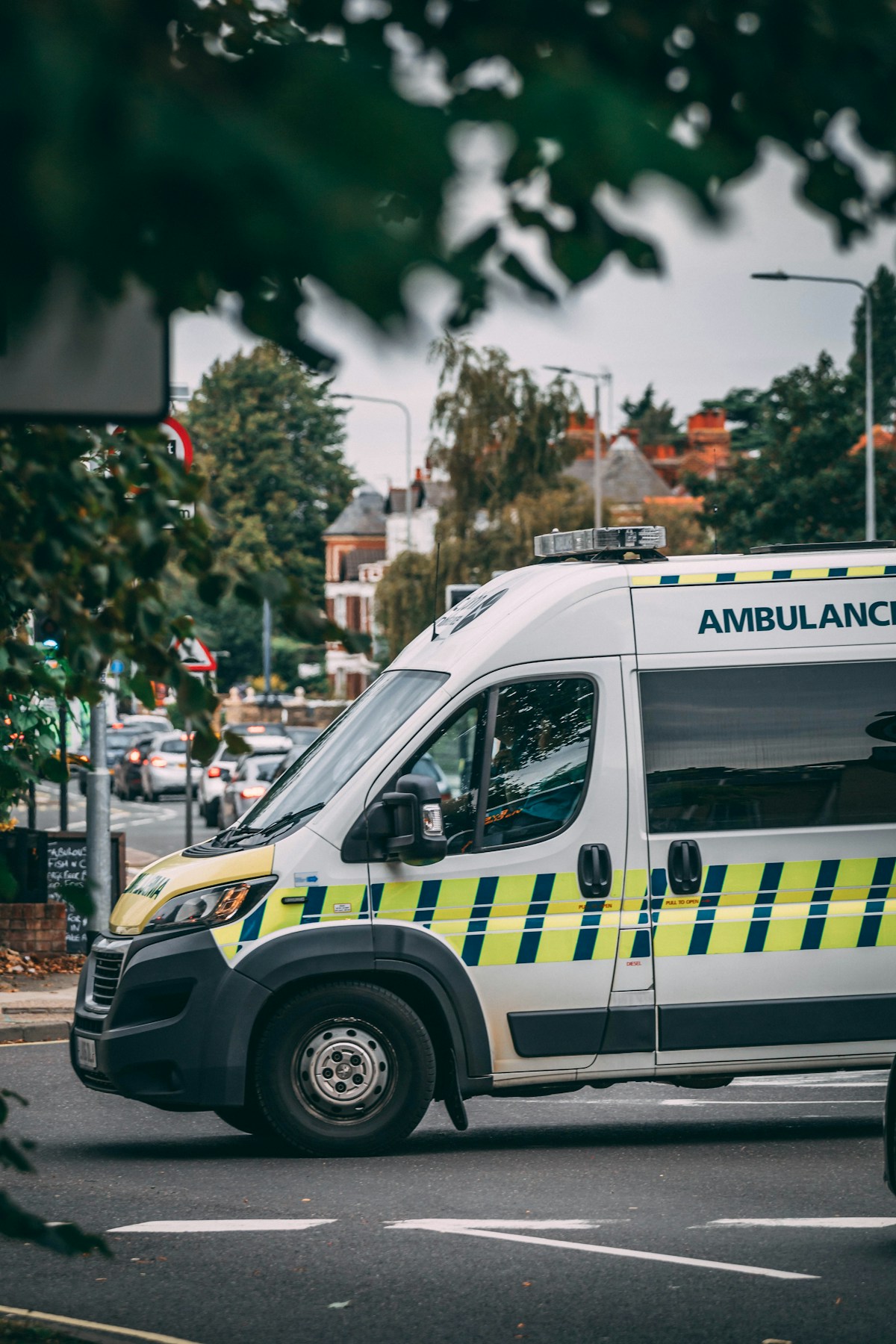Words by Steve Sunny Whitfield
In the early hours of the 24th of February 2022, the Ukrainian people saw an unprecedented decline in national security across the country due to an invasion by the Russian military. Initially this action was confined to the previously conflict-affected areas of Donetsk and Luhansk Oblasts. However this military action spread quickly to every region of Ukraine and it affected every major city. This placed an unprecedented strain on local ambulance and EMS capability.
Since the initial action took place, I have received numerous requests from paramedic colleagues across the globe seeking information regarding opportunities to assist our Ukraine EMS colleagues. Any humanitarian crisis is complex, but the security situation in an ongoing conflict zone certainly limits the immediate prospect of providing early EMS support. But with the ongoing interest from my colleagues, I thought it would be a good opportunity to quickly summarise the EMS situation in Ukraine both prior to, and following the invasion, and discuss where, if any opportunity exists for doctors, nurses and paramedics to assist.
EMS in Ukraine
Emergency medical services are provided by the Ukrainian Emergency Medical Services (UEMS). This is a special type of government rescue service whose main task is to provide a free of charge medical assistance and rescue service. Prior to the invasion, the Emergency Medical Services in Ukraine (2020) Survey was undertaken to provide evidence-based recommendations to improve the overall quality of Emergency Medical Services (EMS) in Ukraine.1 The objectives of this survey were to describe the capacity, utilisation and efficiency of the EMS systems across selected geographic regions, and to identify the perceived community needs and that of the EMS systems in key areas. This was based on input from local stakeholders, including EMS providers, hospital-care providers, administrative staff and patients.

As part of these developments in June 2021, thirty ambulance drivers completed a pilot training course called "emergency medical technician" (EMT).2 This was a three-month training course where the trainees studied clinical theory at the Lysychansk and Bakhmut medical professional colleges, before undertaking practical training at the Luhansk and Donetsk regional emergency care centres. In an interview in 2021, Natalia Vershinina, Director of Lysychansk Medical College, emphasised that the EMT speciality course was a step towards setting new practical standards in quality emergency care in Ukraine. It should also be noted here that prior to the Russian invasion, the EMS services of Ukraine were functioning and improving. Unfortunately, this crisis has only complicated things for the EMS services and as this crisis escalates, so too will the need for urgent and deployable humanitarian health support teams.
Currently in the Lviv region, ambulances crews are patrolling the streets without communication. The head of the Lviv Regional Centre for Emergency Medicine Andriy Vasko announced that “in the absence of mobile, fixed or Internet communications, crews will switch to patrolling the streets. They will patrol the streets with flashing lights without sirens. If there is a patient on board, they will go with sirens”. He asked people not to signal an ambulance unnecessarily, especially during this crisis, but he reiterated that the Disaster Medicine Centre has the necessary supply of medicines, oxygen and fuel to ensure they continue to function.3
Emergency Medical Teams (EMTs)
The World Health Organisation (WHO) Emergency Medical Teams (EMTs) (not to be confused with “emergency medical technician”) are an important part of the global health deployable workforce. The teams are made up of clinical specialist and any doctor, nurse or paramedic team coming from another country to practice healthcare in any emergency situation (Ukraine included), is required to come as a member of a WHO EMT. The selected teams and team members must have demonstrable and proven training, experience and equipment/supplies so the team can respond with success rather impose a burden on the national system it has come to support. EMTs must also strive to deliver a quality of care that is appropriate for the context it is operating in whilst being self-sufficient.
The Call to Action
The WHO Regional Office for Europe and the EMT Secretariat are currently seeking to identify any available international medical surge capability to stand ready for potential requests of support from the Ukrainian government. This is a request for expressions of interest from people with significant professional and clinical experience in complex emergencies who can render technical assistance as part of the EMT network.4,5
Anyone interested in deploying as part of an EMT should research and contact existing and approved teams in their respective countries. All capable teams interested in deploying should email their expressions of interest, indicating their availability and capacities, to the EMT Secretariat (emteams@who.int) with a cc to the EMT Regional Focal Point (storozhenkoo@who.int) and EMT Network Leader (saliof@who.int) as soon as possible.
Depending on their capabilities, EMTs are expected to be able to comply with the EMT minimum standards or guided by the document for medical teams responding to health emergencies in armed conflict and other insecure environments.
References
1. Emergency medical services in Ukraine (2020) [Internet]. Euro.who.int. World Health Organisation 2022 [cited 27 February 2022]. Available from: https://www.euro.who.int/en/countries/ukraine/publications/emergency-medical-services-in-ukraine-2020
2. Ambulance drivers train, qualify as paramedics in eastern Ukraine - Ukraine [Internet]. ReliefWeb. United Nations Office for the Coordination of Humanitarian Affairs 2022 [cited 27 February 2022]. Available from: https://reliefweb.int/report/ukraine/ambulance-drivers-train-qualify-paramedics-eastern-ukraine
3. Ukraine: in the Lviv region, ambulances will patrol the streets [Internet]. Emergency Live. 2022 [cited 28 February 2022]. Available from: https://www.emergency-live.com/ambulance/invasion-of-ukraine-ambulances-patrol-the-streets-in-the-lviv-region-in-the-absence-of-communications/amp/
4. EMT Call for Expressions of Interest: Ukraine [Internet]. World Health Organisation EMT. 2022 [cited 28 February 2022]. Available from: https://extranet.who.int/emt/news_detail/698
5. Emergency medical teams [Internet]. World Health Organisation. 2022 [cited 28 February 2022]. Available from: https://www.who.int/emergencies/partners/emergency-medical-teams